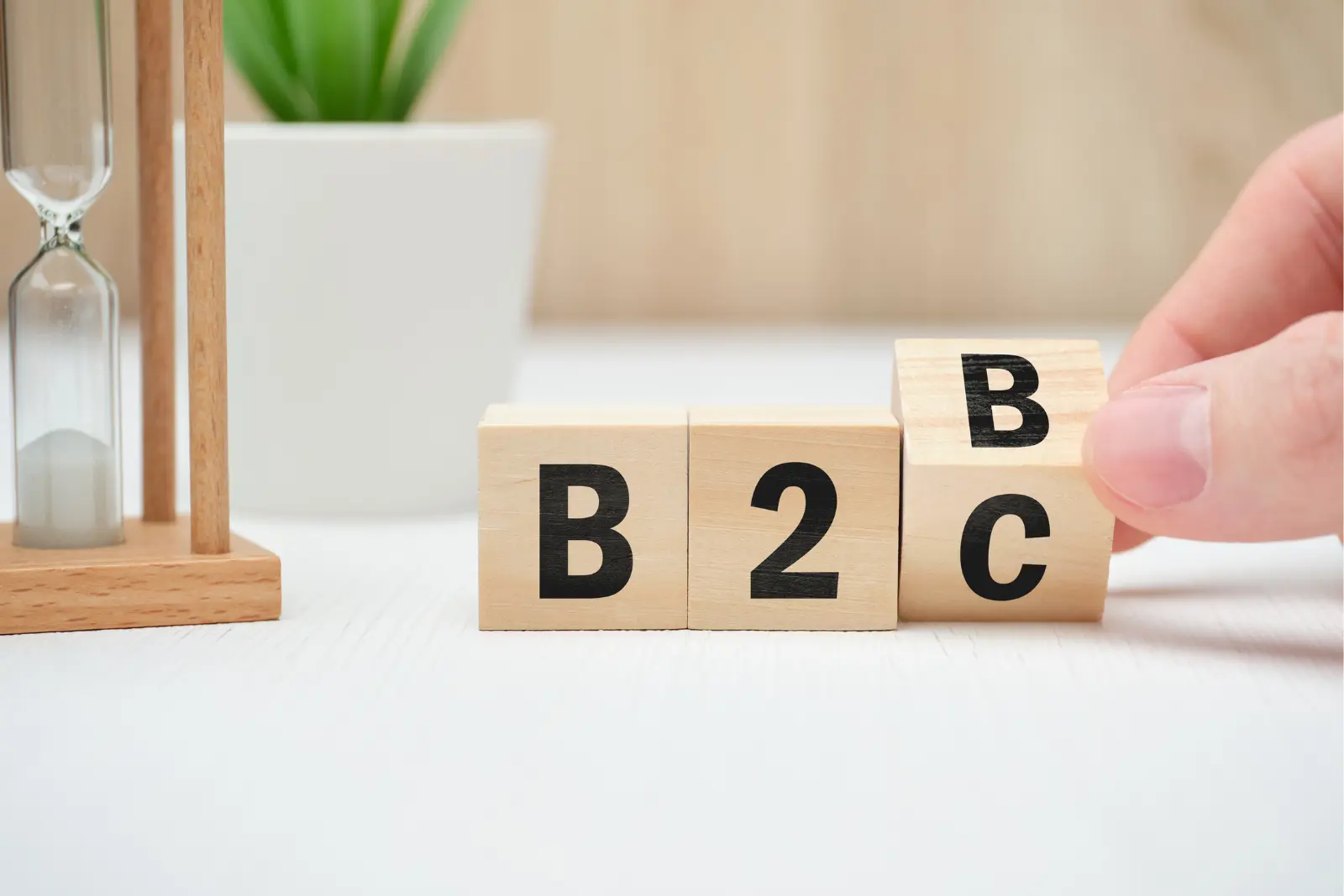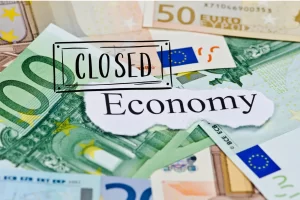In the dynamic world of business, understanding the differences between B2B (Business-to-Business) and B2C (Business-to-Consumer) models is crucial for creating effective strategies. Both aim to drive revenue and establish brand value, but they serve distinct audiences with unique expectations and behaviors. By grasping the nuances of B2B vs B2C, you will be better equipped to drive sales and enhance your brand’s presence.
| Aspect | B2B (Business-to-Business) | B2C (Business-to-Consumer) |
|---|---|---|
| Target Audience | Businesses, organizations, or professionals | Individual consumers |
| Sales Process | Lengthy, involving multiple stakeholders | Quick, often impulsive |
| Decision Factors | Data-driven, focusing on ROI | Emotionally driven, focusing on convenience |
| Marketing Focus | Expertise and relationship-building | Branding and emotional engagement |
| Transaction Value | Higher, involving bulk or recurring deals | Lower, based on single or small purchases |
Understanding the differences in B2B vs B2C allows you to create tailored strategies that will enable your business to thrive in competitive markets. By focusing on relationship-building and expertise in B2B or enhancing customer experience and branding in B2C, you will set your business up for success.
What Are B2B and B2C Marketing Models?
What is B2B (Business-to-Business)?
B2B transactions occur between businesses, where products or services are sold to other organizations. Common examples include software solutions for enterprises, wholesale suppliers, and consulting services. Key characteristics of B2B include:
- Complex decision-making: Involves multiple stakeholders, such as procurement managers and executives.
- Focus on ROI: Purchases are evaluated based on measurable outcomes and long-term value.
- Relationship-driven approach: Building trust and credibility is essential for securing long-term contracts.
What is B2C (Business-to-Consumer)?
B2C transactions focus on selling directly to individual consumers. This includes retail purchases, online shopping, and subscription services. Key traits of B2C are:
- Quick transactions: Decisions are often impulsive, driven by emotional or immediate needs.
- Brand-driven loyalty: Branding plays a significant role in attracting and retaining customers.
- Mass audience targeting: Marketing efforts are designed to appeal to a wide range of consumers.
Evolution of B2B and B2C Models
The Evolution of B2B
Historically, B2B relied on personal relationships and in-person negotiations. However, advancements in technology have transformed this model:
- E-commerce platforms: Platforms like Alibaba and Salesforce enable seamless digital transactions and expanded reach.
- CRM systems: Tools like HubSpot and Salesforce help businesses manage relationships, forecast trends, and personalize communication.
The Evolution of B2C
B2C has transitioned from traditional retail to digital-first experiences:
- Online shopping dominance: Platforms like Amazon revolutionized the retail landscape with convenience and accessibility.
- Social media influence: Platforms like Instagram and TikTok enable businesses to engage directly with their audience, drive trends, and create brand loyalty.
Performance Metrics for B2B vs B2C
KPIs in B2B
- Customer Acquisition Cost (CAC): Measures the cost of acquiring a new client, considering marketing and sales expenses.
- Customer Lifetime Value (CLV): Calculates the total revenue a client brings over the lifetime of their relationship.
- Lead Conversion Rate: Tracks how many leads turn into paying clients, reflecting the effectiveness of sales strategies.
- Sales Cycle Length: Indicates the average time taken to close a deal, impacting cash flow and resource allocation.
- Net Promoter Score (NPS): Gauges client satisfaction and likelihood to recommend the business to others.
KPIs in B2C
- Website Traffic: Measures brand visibility and effectiveness of campaigns.
- Conversion Rate: Indicates how well visitors are converted into customers.
- Average Order Value (AOV): Reflects the average spend per transaction, useful for gauging revenue growth.
- Customer Retention Rate: Highlights loyalty and the effectiveness of retention strategies.
- Cart Abandonment Rate: Tracks the percentage of visitors who add items to their cart but don’t complete the purchase.
The Sales Process
Not all sales processes operate the same way; B2B and B2C sales cycles diverge significantly. In B2B, the emphasis is on building relationships and understanding complex needs, while B2C often prioritizes quick transactions driven by emotional engagement.
Overview of B2B Sales Cycle
Overview of the B2B sales cycle reveals a series of stages that require significant engagement and collaboration. This cycle typically begins with lead generation, followed by nurturing leads through personalized communication, extensive product demonstrations, and negotiating contracts before closing sales and providing post-sale support.
Overview of B2C Sales Cycle
Any B2C sales cycle is designed for quick, straightforward transactions. It usually involves a brief process from awareness to purchase, where marketing efforts need to influence consumer behavior instantly—through advertising, promotions, or appealing brand narratives.
Another important aspect of the B2C sales cycle is the focus on impulse and convenience. By utilizing online platforms and social media, you can create effective touchpoints that resonate with consumers, encouraging immediate purchases, further driving the fast-paced nature of B2C sales.
Selling Techniques in B2B vs B2C
Sales techniques differ significantly between B2B vs B2C. In B2B, you are likely to rely on relationship-driven approaches, in-depth product knowledge, and personalized communication, while in B2C, your aim will be to utilize emotional appeal and streamlined purchasing processes.
Further exploring selling techniques, B2B often requires tailored pitches and extensive market research, emphasizing ROI and efficiency. In contrast, B2C strategies may include captivating advertising campaigns and social media engagement, highlighting features that resonate with consumers on a personal level.
Strategies to Excel in B2B
- Build Strong Relationships: Maintain regular communication and proactive support to foster trust. Consistent delivery and responsiveness help build loyalty over time.
- Provide Customized Solutions: Tailor services to meet specific client needs and challenges. Offer flexible solutions that evolve with the client’s business.
- Leverage Data-Driven Insights: Use CRM tools to analyze customer behavior and provide personalized recommendations. Regularly collect and act on feedback to improve offerings.
Strategies to Excel in B2C
- Enhance Customer Experience: Simplify website navigation and streamline checkout processes. Offer multiple payment options to cater to diverse consumer needs.
- Leverage Social Media Marketing: Create engaging content and partner with influencers for broader reach. Run interactive campaigns to maintain audience interest.
- Implement Loyalty Programs: Reward repeat purchases through points systems or exclusive perks. Encourage customer retention with personalized offers and promotions.
Case Studies: Success Stories in B2B vs B2C Marketing
Despite the differences in B2B and B2C models, analyzing case studies can provide insight on effective strategies for success. Here are some notable examples:
- Salesforce: Increased market share by 35% in 2022 through tailored CRM solutions.
- Nike: Achieved a 20% rise in direct-to-consumer sales thanks to emotional marketing campaigns like “Just Do It.”
- Amazon: Distributed 70% of its revenue across both B2B and B2C channels.
- HubSpot: Showcased a 40% annual increase through inbound marketing strategies targeting small businesses.
For a deeper look into B2B vs B2C Marketing: Key Differences, Tips, & Common …, consider these compelling case studies.
Conclusion
Understanding the distinctions between B2B and B2C models is essential for crafting strategies that resonate with your audience. While B2B thrives on long-term relationships, expertise, and ROI, B2C excels with emotional engagement, branding, and seamless experiences. By tracking relevant KPIs, refining strategies, and adapting to audience needs, businesses can excel in their chosen model and achieve sustainable growth.







